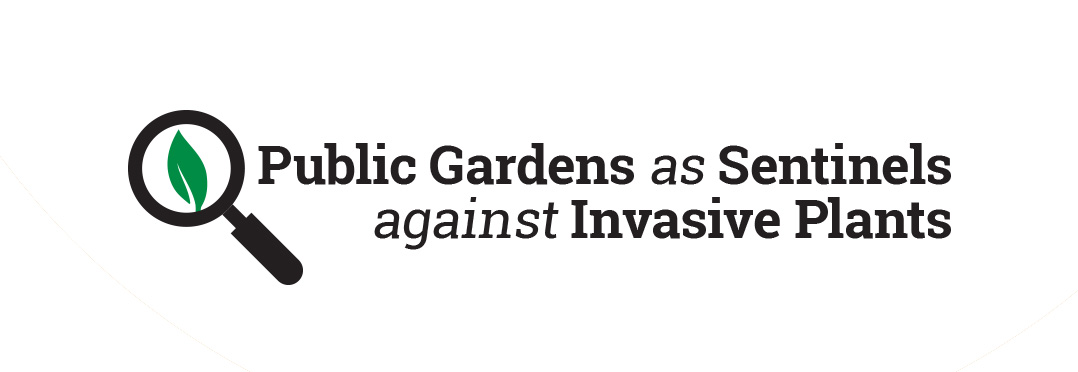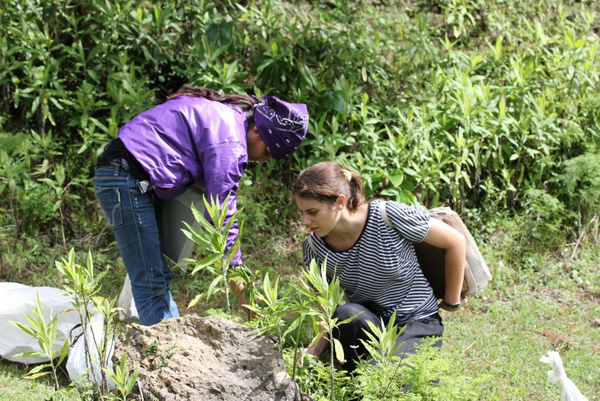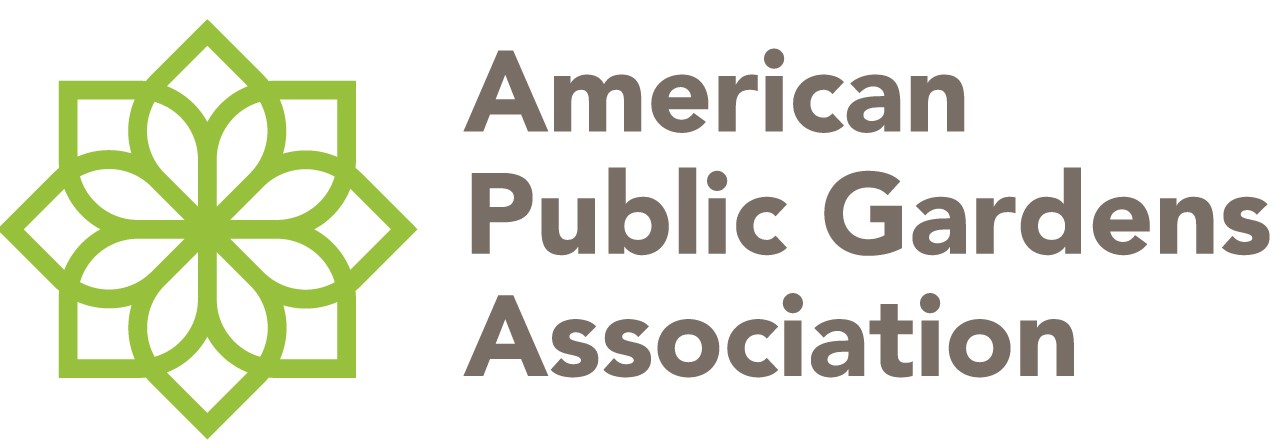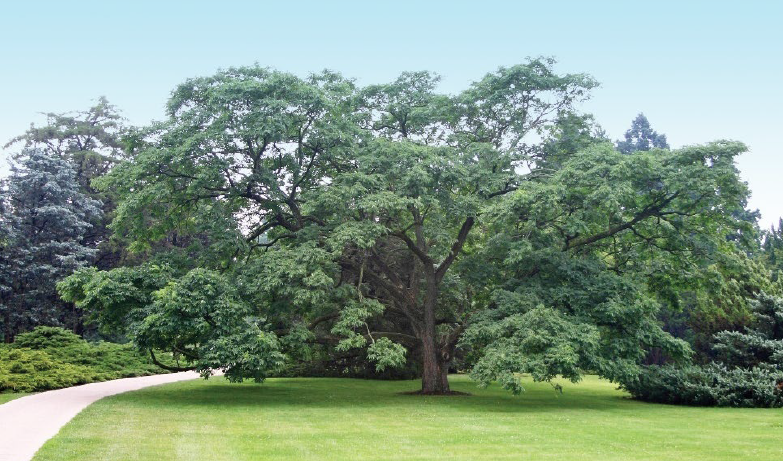Due to their unique status as living museums of plants from around the world, public gardens and arboreta can play a unique and pro-active role in assessing which non-native plants exhibit invasive tendencies. These institutions have the access and staff expertise to observe the reproduction and spread of plants that are not well known and may not be available in the horticultural trade, and can make recommendations about these plants’ capacity to become invasive based on those observations.
When thinking about public gardens and invasive plant species, it is important to understand that public gardens by-and-large predate the concept of invasiveness. Many of gardens that have submitted data to PGSIP were founded decades ago, with some having 100 or more years of history. The term “invasive species” was used for the first time in publication in 1958. The research field of invasion biology began to develop in the 80’s and gained traction in the 90’s. While early public garden botanists likely noticed introduced plants growing outside of cultivation, perhaps sometimes in large numbers, research on the ecological impacts of these escapes did not exist until recently. Today, public gardens acknowledge that in some cases, their institutions historically grew species that are now recognized as invasive. However, “in knowing better, public gardens are committed to doing better” by removing known invasives, educating the public, and continually monitoring their collections for potential signs of plant spread.

PGSIP Database
The Public Gardens as Sentinels against Invasive Plants Database is a controlled access database for public gardens in North America to share information about plant taxa that they are observing escaping from cultivation on site. The goal of maintaining the database is to collect information about plant species escaping cultivation that are not widely known to be invasive and/or are not widely available in trade. These compiled garden data can be used to inform policy decisions at public gardens, to improve plant risk assessments, and to help guide propagation research and development decisions away from taxa showing strong invasive potential.

Characterizing Garden Records
Contributing PGSIP gardens submit their observations of plant taxa escaping from cultivation as a record for each taxon. Each record is ranked according to the PGSIP guidelines. The ranks (Watchlist, Potentially Invasive, & Invasive) are based on the gardens’ observations of plant taxa escaping from cultivation within their property, and the rank “Assessed as Invasive” is based on a literature review conducted by a garden rather than actual observations of plant behavior within the garden. These ranks correspond to policy actions that public gardens utilize to help prevent plant taxa from becoming problematic or invasive in the future.




